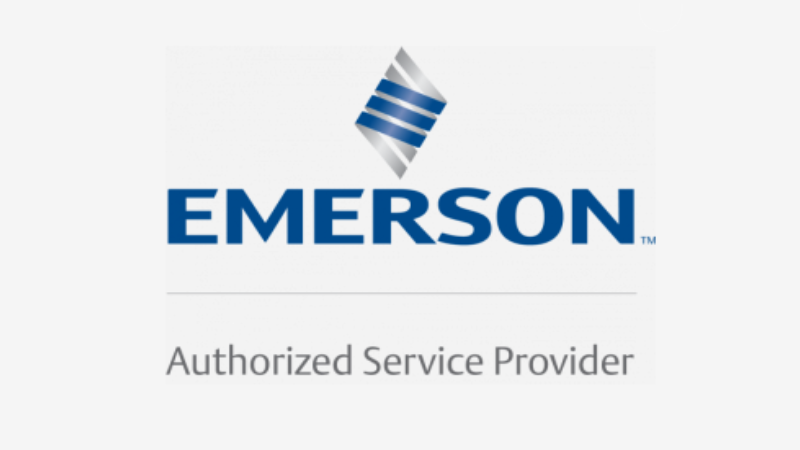
Developing and implementing effective OT cybersecurity governance is a journey, not a destination. It requires a structured, phased approach and leadership commitment. A well-defined workflow can guide organizations through this process, ensuring the project is completed, the results are practical and achievable, and that all critical elements are addressed.
The journey often begins with setting program objectives, establishing a program framework and operating model. What are the organization’s specific security goals? What regulations must the governance satisfy, and what industry standards does the organization want to follow? This foundational step sets the stage for the entire governance program.
Next, organizations need to establish their current risk profile. This involves conducting a thorough risk assessment to identify vulnerabilities, threats, and the potential impact of a cyberattack. Understanding the current state of their security is crucial for prioritizing efforts and allocating resources effectively.
Organizations can establish their target risk profile once the current risk profile is understood. This defines the level of risk that the organization is willing to accept. It should be aligned with the organization’s mission, overall risk tolerance, and business objectives.
Once there is a clear understanding of the current and target risk profiles, organizations can now begin developing their governance documentation. This includes defining policies, standards, procedures, and roles and responsibilities. The governance documentation should be tailored to the organization’s specific needs and risk profile.
Before full-scale implementation, it’s highly recommended that a pilot program be conducted. By piloting the governance framework with a specific system or business unit, organizations can identify any issues or gaps before rolling it out across the entire organization.
Upon successful completion of the pilot, organizations can proceed with full deployment. This involves implementing the governance framework across all relevant IT/OT systems and business units. It’s important to communicate the changes effectively and train all stakeholders.
Effective governance also requires establishing ongoing “run and maintain” practices. This includes defining processes for ongoing monitoring, maintenance, and incident response to ensure that security measures are effectively implemented and maintained over time.
Finally, to complete the lifecycle, organizations should audit and continuously improve their governance framework. Regular audits can help identify areas for improvement and ensure that the framework remains effective in addressing evolving threats. Feedback from stakeholders should also be incorporated into the continuous improvement process.
This foundational workflow provides a roadmap for organizations to implement and sustain effective OT cybersecurity governance. It emphasizes the importance of risk assessment, planning, implementation, and continuous improvement. By following this workflow, organizations can build a strong security posture and protect their critical assets.
Contact us to learn how we can help your organization develop and implement an OT Cybersecurity governance program here.
In the final blog of this series, we dive into answering the question, “Is your governance actively protecting your organization or simply gathering dust on a shelf?”



